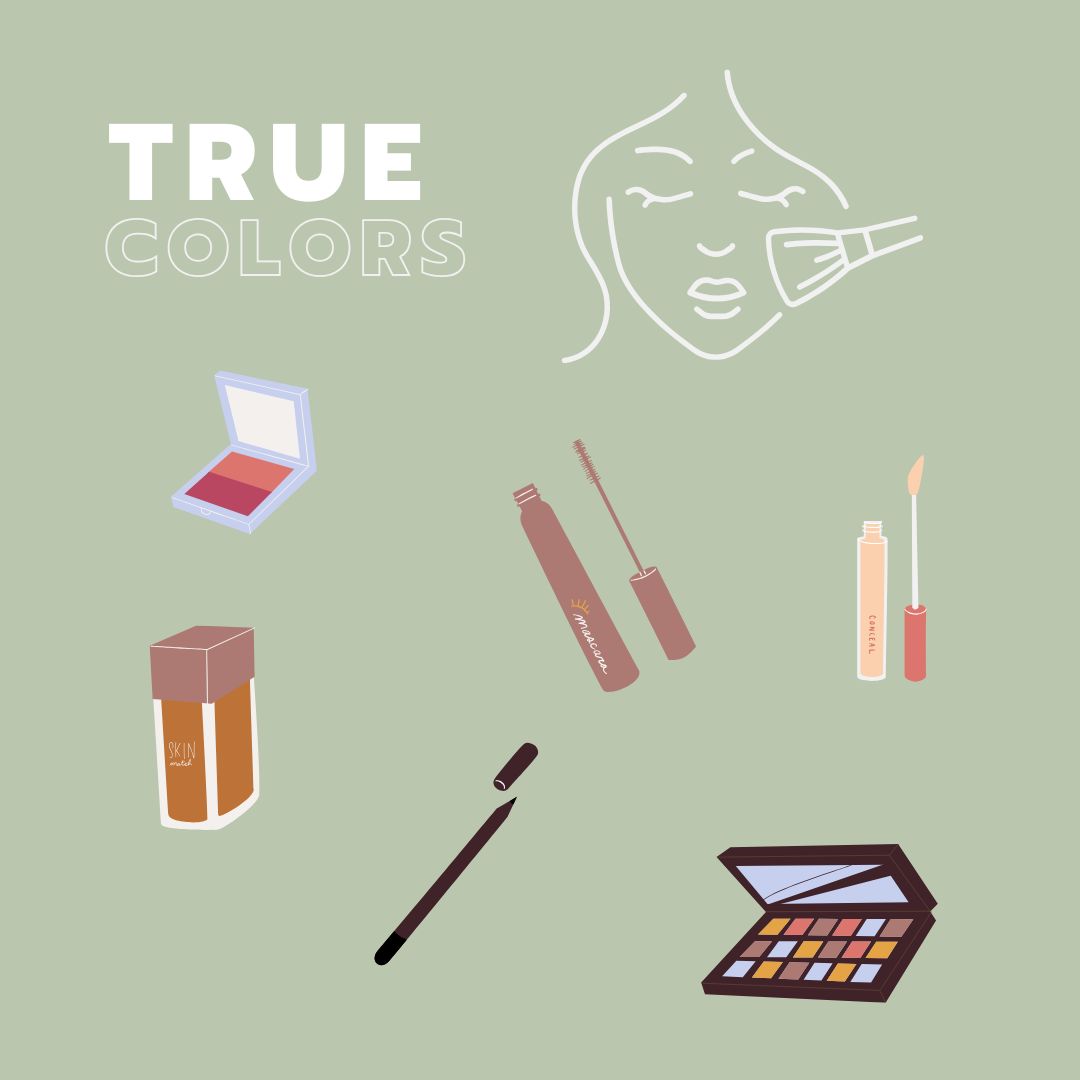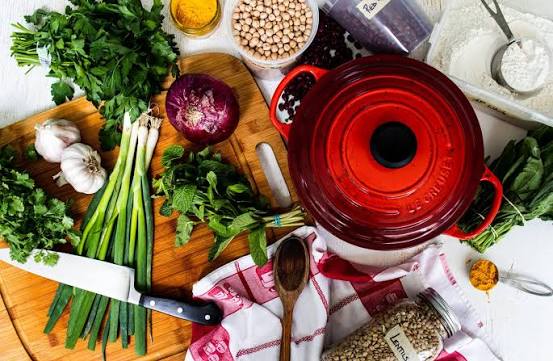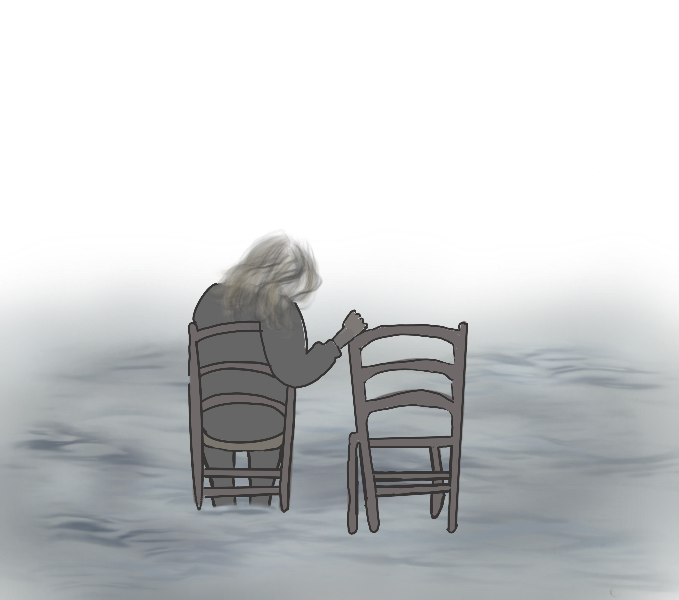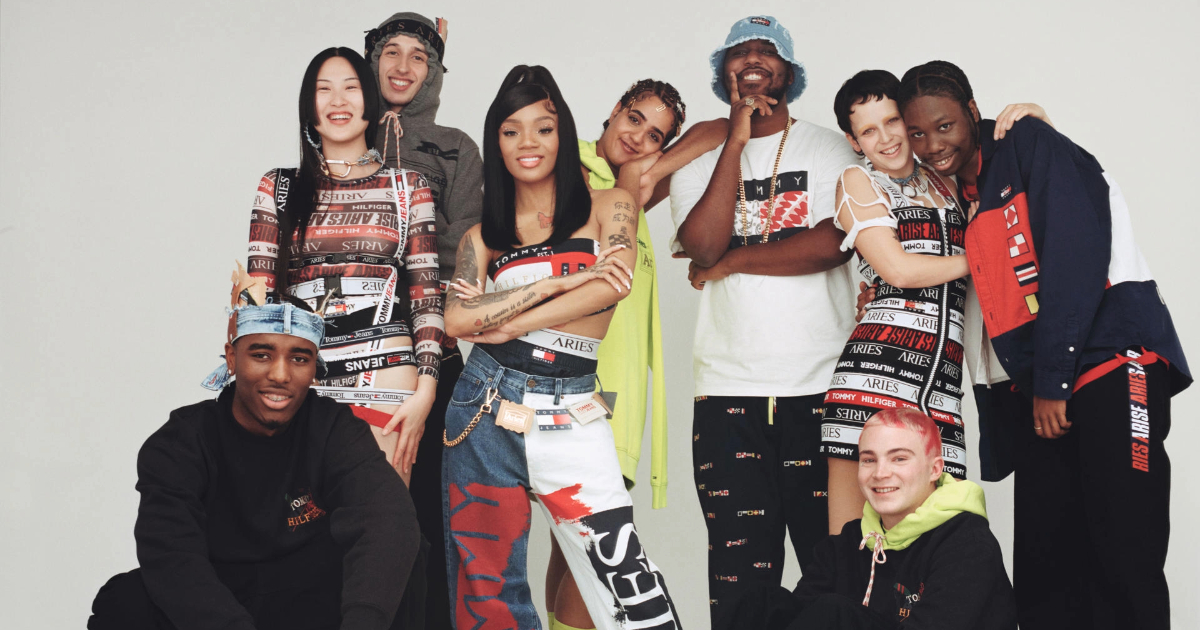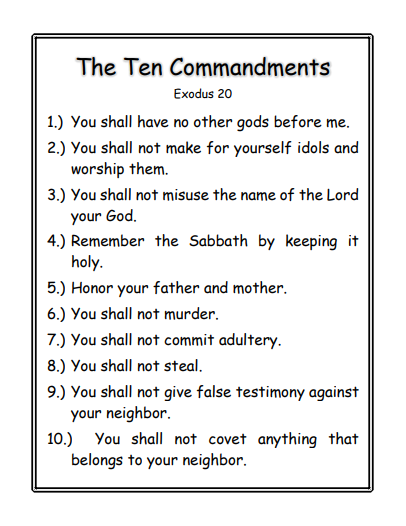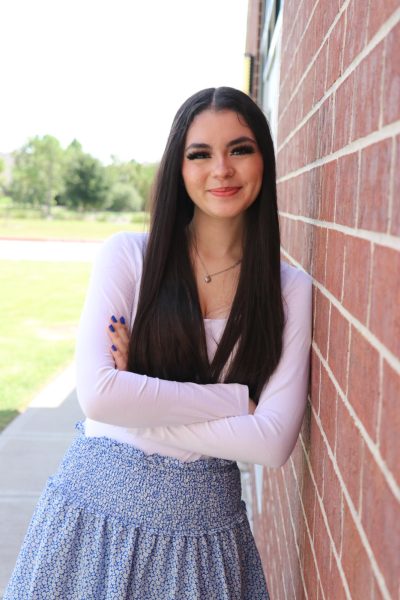Color theory is the study of how colors work together. It is a helpful tool in the beauty industry to enhance people’s features and work with their natural colors rather than against them.
In order to understand how color theory works, it is essential to understand the importance of primary colors. Primary colors (red, yellow, and blue) are not formed by mixing any colors, but can be used to mix all possible colors.
Red is warm-toned and blue is cool-toned. These hues give off a subtle natural color from below the surface of the skin called “undertones.” Those with warm undertones can have peach, yellow or golden hues in their skin, while those with cool undertones have pink or bluish hues. Those with neutral undertones-or an equal balance of both warm and cool undertones and have hues that are similar to their actual skin tone.
So, how can you tell what your undertones are? The truth lies in your veins. A common way to identify undertones in the skin is by the color of your veins. If the veins in your wrist appear green, you most likely have warm undertones. If they appear blue or purple, you probably have cool undertones. If they are a greenish blue, you have neutral.
A method of using color theory to determine which makeup, hair and clothing colors flatter an individual person best is called seasonal color analysis. The method considers one’s eye color, hair color, and skin undertones to categorize people into one of four categories or “seasons.”
Spring
Undertone: Warm
Eyes: Blue, green, hazel, light brown
Hair: Blonde, copper, auburn, medium brown
Springs have a naturally fresh and bright appearance, benefiting greatly from dewy, lightweight and yellow-based foundations and concealers. To accentuate the prevalent warmth in their skin, springs should wear peachy bronzers and give a lifting effect to the face using highlighter. Shimmery eyeshadows in cream, beige, gray and brown suit their fresh appearance best alongside a coat or two of brown or gray mascara. For blush and lip products, peach and coral is the best fit. Springs should avoid cool-toned makeup, contour, matte eyeshadows, matte lipsticks, black eyeliner and black mascara.
Summer
Undertone: Cool
Eyes: Blue, green
Hair: Light to medium ash blonde or brown
Summers have soft, gentle and delicate features. Individuals under the summer category should wear cool-toned matte foundations and concealers and should set their makeup with translucent powder to avoid shine. They should opt for matte eyeshadow in gray, cream, taupe or brown with dark gray mascara. When wearing eyeliner, summers should line their eyes with colors that are similar to the color of their eyes to make them pop. A dusting of matte, well-blended pink blush and a swipe of matte pink lipstick bring vibrance to a summer’s soft appearance. Makeup that summers should avoid are glowy or dewy formulas, shimmer, bronzer, contour, highlighter, black eyeliners and mascaras.
Autumn
Undertone: Warm
Eyes:Brown, hazel, green
Hair: Red or warm brown
Autumns have rich, earthy colors and should know how to amplify that with their makeup. Complexion products that best suit autumn individuals are warm-toned natural finish foundations and concealers. Autumns can bring out the warm, rich elements of their skin with plenty of bronzer and can add depth to their face with some contour. They should wear beige, khaki, golden and olive shades on their lids. Brown eyeliner and brown or dark gray mascara help accentuate the eyes further. Autumn can wear a variety of colors on their lips and cheeks, but the most flattering are brown, orange, peach, red and plum. It is important that autumns blend their blushes, bronzers and contours very well so as to not create obvious harsh lines. Autumns should avoid glowy or matte foundations and concealers, overly shimmery eyeshadow shades, black eyeliner and black mascara.
Winter
Undertone: Cool
Eyes: Dark brown, blue, hazel
Hair: Black, dark brown
Winters have the highest contrast of colors out of the seasons, making for a striking appearance. Foundations and concealers should be cool-toned with a satin finish. For the cheeks, winters rock a bit of highlighter swiped across the cheek bones. Winters should wear eyeshadow that is gray, taupe, black and white. To add boldness to the eyes, black, navy or blue mascara is recommended; black eyeliner is ideal. A dusting of blush and a swipe of lipstick in pink, red or purple will add to their striking appearance. Winters should avoid matte makeup, bronzers and anything warm-toned.
Knowing what colors look best on your face is an important tool for embracing your features and feeling your best. Color analysis disconnects from the idea of what is “pretty” and shifts to the concept of what is “pretty you.” Embrace your uniqueness and let your true colors shine through with seasonal color analysis.

